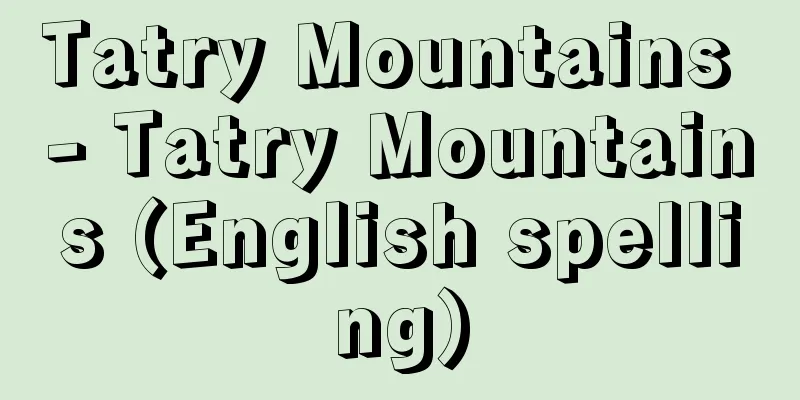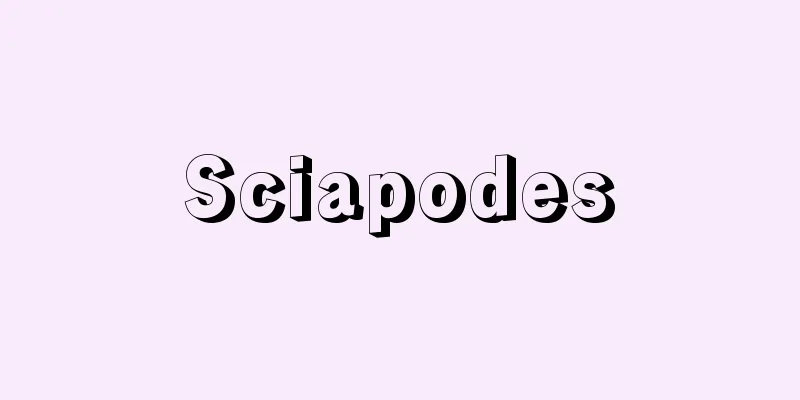New Trends in Haiku - Shinkei Kouhaiku

|
A haiku term. From around 1908 (Meiji 41), in "Japanese Haiku" selected by Kawahigashi Hekigoto (the haiku column of the magazine "Nihon to Nihonjin"), there was a movement to move away from the flat sketches of Shiki Masaoka, as pointed out in "New Trends in the Haiku World" by Otsuji Osuga (Akane, February 1908). In response to "Shiki, climbing up the mountain, holding the young sweetfish in his hands," Otsuji cited "Unexpectedly, chicks do not hatch from the winter roses, the Hekigoto" to explain a new development through the symbolic use of seasonal themes. Hekigoto was inspired by this and, during his pilgrimage to Sanzenri, he broke away from the traditional seasonal theme style and advocated the expression of human individuality through direct depiction of reality, going beyond Otsuji's intention of using seasonal themes to symbolize nature. Influenced by the naturalistic thinking of the time, verses such as "Who do I live lustfully, says the persimmon master, Ippekirou," and "In the main house, where the rainy flower fields come, I stay long, echoing," attracted attention. Hekigoto commented that the latter verse in particular is a poem that depicts a scene from a day's life as it is, and is a "non-centered" verse. The fact that "non-centered" means rejecting "imagination" and conforming to reality is also in line with naturalism. Hekigoto also considered his own poem "The ships carrying sumo wrestlers are in a storm" to be a "non-centered" poem. New trend haiku is characterized by the innovation of traditional seasonal themes and the accompanying criticism of the 5-7-5 rhythm, and it was a transitional period when free verse haiku emerged towards the beginning of the Taisho era. Many of the "new trend" writers became free verse haiku writers, including Kawahigashi Hekigoto, Ogiwara Seisensui, and Nakatsuka Ippekirou. Hekigoto's Nihon Haikusho Vol. 1 (1909) and Vol. 2 (1913), as well as Hekigoto's collection of haiku New Trend Haiku Collection (1915) are collections of new trend haiku. [Motomi Izawa] "Abe Kimio, New Edition of Haiku Series: People and Works 6, Kawato Hekigoto" (1980, Ohfusha) Source: Shogakukan Encyclopedia Nipponica About Encyclopedia Nipponica Information | Legend |
|
俳句用語。1908年(明治41)ごろから河東碧梧桐(かわひがしへきごとう)選「日本俳句」(雑誌『日本及日本人』俳句欄)には、大須賀乙字(おつじ)の『俳句界の新傾向』(『アカネ』1908.2)が指摘するように、正岡子規(しき)流の平面的写生を脱しようとする動きがあり、乙字は「若鮎(わかあゆ)の二手(ふたて)になりて上(のぼ)りけり 子規」に対し「思はずもヒヨコ生れぬ冬薔薇(ふゆそうび) 碧梧桐」をあげて季題の象徴的用法による新展開を説いた。碧梧桐はこれに啓示されて『三千里』行脚(あんぎゃ)中、旧来の季題趣味打破に向かい、実感の直写による人間個性の発揮を唱え、季題による自然象徴を説く乙字の意図を超えて急進した。当時の自然主義思潮の影響であり、「誰(だれ)のことを淫(みだ)らに生くと柿主(かきぬし)が 一碧楼(いっぺきろう)」「雨の花野来(き)しが母屋(おもや)に長居せり 響也」などの句が注目された。ことに後句は、1日の生活の一こまをありのままに詠じたものと碧梧桐が評し「無中心」の句であるとした。「想化」を退けて現実に即するのが「無中心」であるとしたところにも、自然主義に通う点がある。碧梧桐も自作の「角力(すもう)乗せし便船(びんせん)のなど時化(しけ)となり」を「無中心」句とした。新傾向俳句は伝習的季題の革新とそれに伴う五七五調批判とに特色があり、やがて大正初頭にかけて自由律俳句が出現する過渡期の様相をもった。「新傾向」作家には自由律俳句作家となった者が多く、河東碧梧桐、荻原井泉水(おぎわらせいせんすい)、中塚一碧楼などがおもな者である。碧梧桐撰(せん)『日本俳句鈔(しょう)第一集』(1909)、『同第二集』(1913)、碧梧桐句集『新傾向句集』(1915)は新傾向俳句の句集である。 [伊澤元美] 『阿部喜三男著『新訂俳句シリーズ 人と作品6 河東碧梧桐』(1980・桜楓社)』 出典 小学館 日本大百科全書(ニッポニカ)日本大百科全書(ニッポニカ)について 情報 | 凡例 |
>>: Neuroglia - Shinkeikou (English spelling)
Recommend
Uchiki - Uchiki
A type of clothing worn by nobles. It is in the f...
Sinai alphabet - Shinai characters
An early alphabetic character discovered in 1905 ...
Ien
...This is a collaboration between Ike Taiga and ...
Fujiwara no Tametoki
Dates of birth and death unknown. A man of letter...
Eutacta
…The pollen does not have an air sac like the Pin...
Center Party (English spelling)
A Swedish political party. Founded in 1922 by the ...
mycosis
...They also commonly grow on clothing, building ...
Mobile Investigation Unit - Mobile Investigation Unit
…To improve the quality of detectives, the Region...
Mercian
…OE is divided into four dialects according to th...
Mr. Sano - Sanouji
A samurai family from the Middle Ages and Early Mo...
Ice fog
…In surface meteorological observations, when ice...
Weak boson
Weak bosons are one of the gauge bosons that media...
Green mold
...It grows quickly and has a variety of enzymes ...
retrolental fibroplasia
…In type II, the progression is rapid, leading to...
Sacco, N. (English spelling)
...A famous case in the history of American trial...









